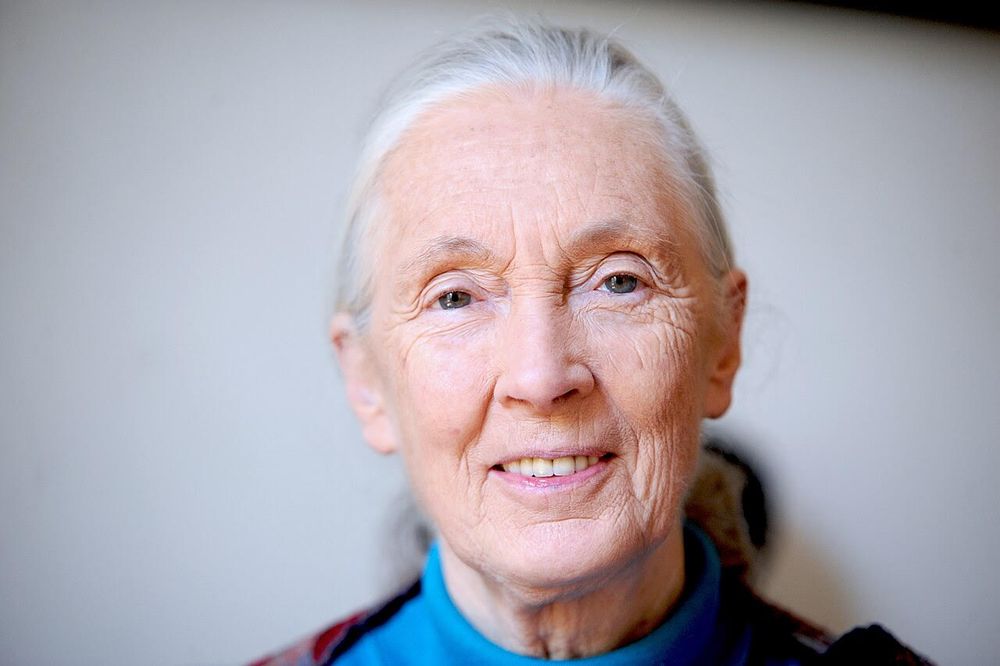Cedric Boeckx
@cedricboeckx.bsky.social
2K followers
280 following
750 posts
ICREA Research Professor. Evolution, Genetics, Neuroscience, Linguistic Cognition
Posts
Media
Videos
Starter Packs
Pinned
Reposted by Cedric Boeckx
Reposted by Cedric Boeckx
Reposted by Cedric Boeckx
Reposted by Cedric Boeckx
Reposted by Cedric Boeckx

![cortical organoid [image credit: O. Leonardi, who is leading this collaborative project]](https://cdn.bsky.app/img/feed_thumbnail/plain/did:plc:ljcyk7tem65k7epgu5pkwuuh/bafkreico75nbiyo5zg6kzzahk5kxmcpcajygslloxkndmry2tnzr5q72pu@jpeg)








